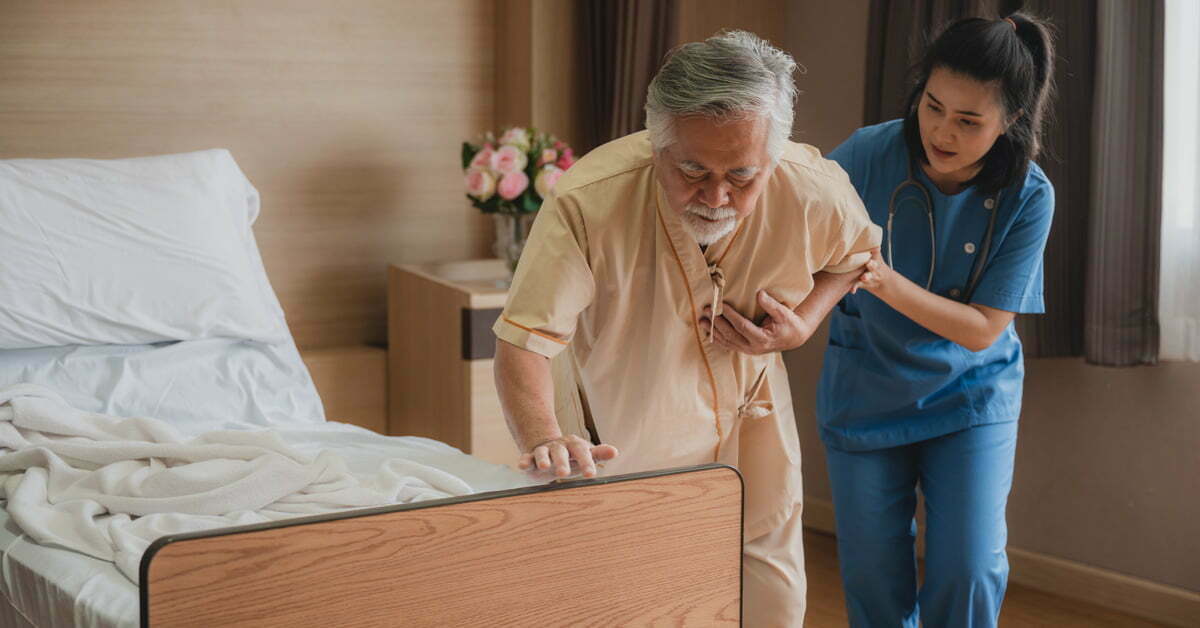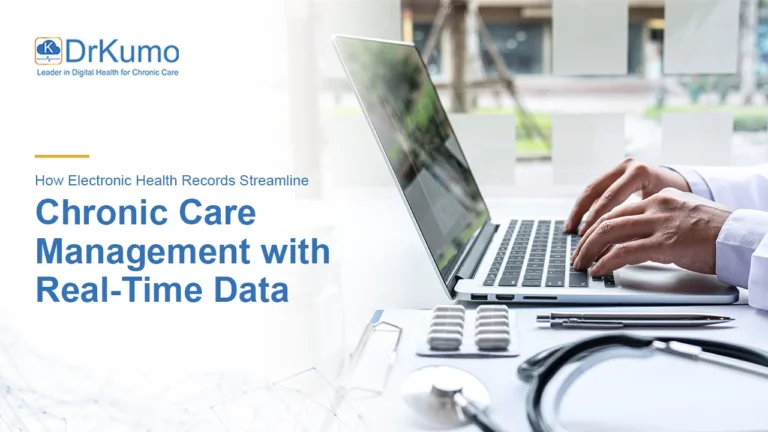Heart failure is a medical condition in which the heart is unable to pump enough blood to meet the body’s needs. Any disease entity that inhibits ventricular filling or blood ejection into the systemic circulation can cause heart failure. Fatigue and dyspnea are common symptoms that indicate impaired exercise tolerance and fluid retention. Heart failure reduces a patient’s functional ability and increases the risk of death. To avoid recurrent hospitalizations, improve quality of life, and improve patient outcomes, it is critical to detect and successfully treat the disease. Heart failure treatment necessitates a multimodal approach that includes patient education and an appropriate medication regimen to promote cardiac contractility and prevent exacerbation and further limitation.
Remote patient monitoring (RPM) can be a valuable source of information on whether patients are taking their medications, how they are reacting to them, and to what extent their medications are achieving desired results, given that a great percentage of physician office visits and hospital visits involve the prescribing of medication. Importantly, automated or patient-entered data frees the healthcare system from a lot of administrative work, which saves time and money.
Remote Patient Monitoring as an Organized Tracking System to Medications
Managing several daily medications is difficult, especially when those medications are recommended for a patient by various health professionals. Trying to remember all of the names as well as when and how to take several medications might be difficult. RPM can help our patients overcome some of these obstacles by making it easier to keep track of and convey all of their medications to their doctors and caregivers. Patients can receive automatic medication reminders or alerts through voice, text, or email from medication-specific applications. This enables patients to take their medications on schedule and to alert their caretakers. Medication notifications are also sent out when people are not taking their drugs as prescribed by their doctors.
Health gadgets such as blood pressure monitors, health implants, biosensors, and other modern healthcare monitoring tools will automatically collect patient health data remotely, making it easier for clinicians to understand the patient’s status. RPM gadgets like smartwatches, smartphones, and activity trackers will make it simple to track and monitor heart rates and activity levels.
Patients and caregivers can also access health records at any time and from anywhere using online patient portals. Data acquired through any of these RPM methods is saved in patient records, where doctors and other caregivers can retrieve it. Clinicians can readily view the outcomes of the medication adherence process and decide what needs to be altered for optimal healthcare delivery. Providers can also be automatically notified when certain thresholds are reached or if there are any anomalies.
Remote Patient Monitoring as a Monitor to Outcomes of Medications
Patient data from RPM devices provides physicians with information that allows them to track relevant statistics that show how medications affect patients’ conditions, as well as notify them when patients are not taking their medications as prescribed. Healthcare practitioners can use the patient’s health data generated by the RPM device to track the relevant outcome that demonstrates how drugs affect the patient’s health status.
RPM’s most essential contribution to medication adherence is that it provides health information to non-professional caregivers like family and friends. RPM can also provide information to non-professional caregivers, such as family and friends, to assist them in better facilitation of medication and ensure treatment regimens are followed. This allows them to be more effective at supporting drug adherence and making sure that treatments are done correctly.
Healthcare providers can also rapidly notice when patients are failing to follow treatment protocols or when prescribed treatment is not having the intended effects due to recurring data from RPM devices. They are able to act and change prescriptions swiftly if issues persist or worsen. The capacity to react quickly to changing conditions in real time can help avoid problems and exacerbations. RPM can also tell when the medications that are prescribed are not working. And if the patients’ health circumstances deteriorate, physicians will be able to swiftly change the medication adherence. This type of real-time data tracking and quick drug delivery could help to cut down on unnecessary hospitalizations.
RPM Provides Helpful Information
Understanding how patients are reacting to their given medications is highly important for physicians and other healthcare workers to better know the effect of medications on patients’ health issues. Knowing how individuals react to their medications, including combinations of pharmaceuticals, can assist physicians and pharmaceutical companies to better understand the impact of medications on specific illnesses or patient populations. Remote patient monitoring makes it easier to determine the efficacy of a drug and allows healthcare providers to prescribe treatment more effectively. Artificial intelligence and other high-tech tools will make it easier for them to prescribe treatment and figure out the best treatment options more quickly.
RPM Drives Patient Engagement
Patients become more aware of their symptoms and treatment needs as a result of the recurrent nature of data gathering and transmission with RPM solutions. This greater level of engagement can help patients adhere to their drug schedules, lowering the possibility of regression and having the potential to boost their general well-being.
The major purpose of remote patient monitoring is to use a large volume of patient health data to inform healthcare providers and other caregivers about a patient’s medication adherence and health status. This data will help physicians and other caregivers gain a better understanding of patients and their diseases, with the ultimate goal of improving outcomes. As the health data of patients is collected and transferred to their physicians via RPM devices, patients will also be informed of their health problems and treatment plans. As a result, patients will be more likely to follow their doctor’s orders and, as a result, their overall health will be better.
RPM’s function in medication adherence not only gives doctors and nurses visibility into their patients’ prescriptions. It also permits informal caregivers to have a larger role in this situation. Given the consequences of non-adherence, improving prescription adherence has the potential to improve patient outcomes, increase healthcare system efficiency, and save costs for patients, providers, and payers.
Takeaway
Chronic heart failure causes fluid buildup in the feet, arms, lungs, and other organs due to a weaker heart. Symptoms of chronic heart failure include shortness of breath, tiredness, arrhythmias, and edema. The chronic nature of the disease entails long-term adherence to medications. Fear, forgetfulness, a lack of clarity, confusion, too many prescriptions, a lack of trust, or just a lack of willingness could all be factors contributing to poor adherence. The use of RPM can augment all these problems. Healthcare providers can readily recognize whether patients are failing to follow through with their treatments using health data from RPM devices. Both the physician and the patient can benefit from digital real-time RPM devices, which can lead to improved health outcomes and achievement.








